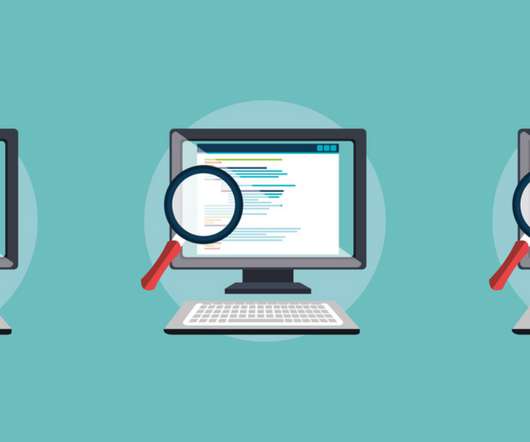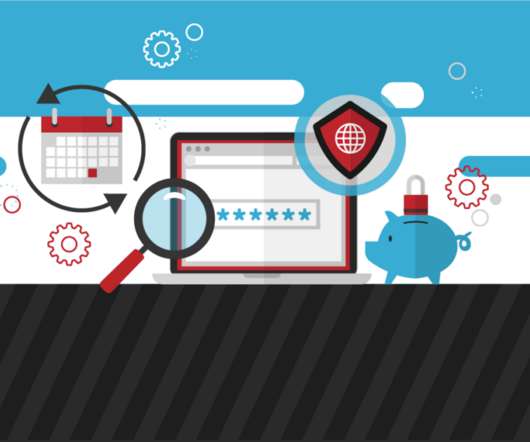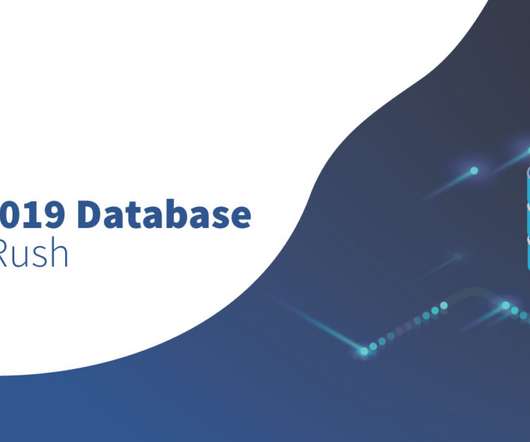What is a Website Vulnerability and How Can it be Exploited?
SiteLock
AUGUST 27, 2021
This inclusion can then be used to initiate the following: Deliver malicious payloads that can be used to include attack and phishing pages in a visitors’ browsers. These types of attacks are particularly vexing for ecommerce and banking sites where attackers can gain access to sensitive financial information.
















Let's personalize your content